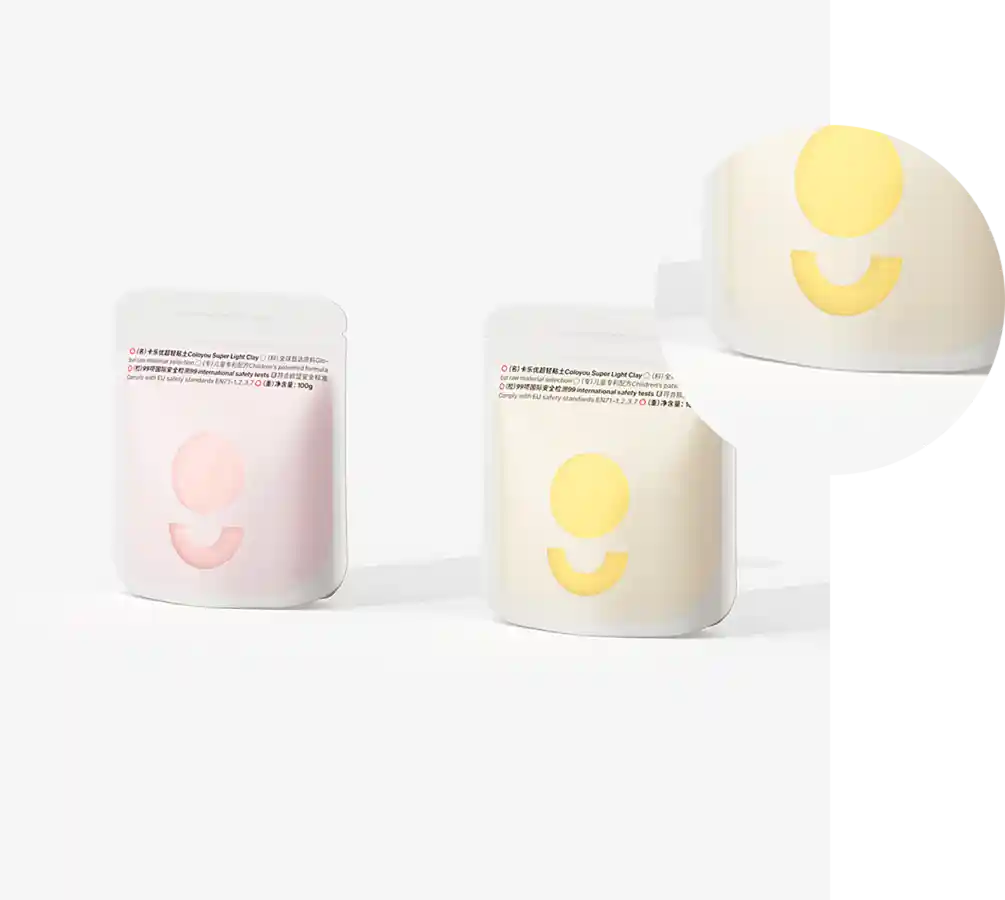- Afrikaans
- Albanian
- Amharic
- Arabic
- Armenian
- Azerbaijani
- Basque
- Belarusian
- Bengali
- Bosnian
- Bulgarian
- Catalan
- Cebuano
- chinese_simplified
- chinese_traditional
- Corsican
- Croatian
- Czech
- Danish
- Dutch
- English
- Esperanto
- Estonian
- Finnish
- French
- Frisian
- Galician
- Georgian
- German
- Greek
- Gujarati
- haitian_creole
- hausa
- hawaiian
- Hebrew
- Hindi
- Miao
- Hungarian
- Icelandic
- igbo
- Indonesian
- irish
- Italian
- Japanese
- Javanese
- Kannada
- kazakh
- Khmer
- Rwandese
- Korean
- Kurdish
- Kyrgyz
- Lao
- Latin
- Latvian
- Lithuanian
- Luxembourgish
- Macedonian
- Malgashi
- Malay
- Malayalam
- Maltese
- Maori
- Marathi
- Mongolian
- Myanmar
- Nepali
- Norwegian
- Norwegian
- Occitan
- Pashto
- Persian
- Polish
- Portuguese
- Punjabi
- Romanian
- Russian
- Samoan
- scottish-gaelic
- Serbian
- Sesotho
- Shona
- Sindhi
- Sinhala
- Slovak
- Slovenian
- Somali
- Spanish
- Sundanese
- Swahili
- Swedish
- Tagalog
- Tajik
- Tamil
- Tatar
- Telugu
- Thai
- Turkish
- Turkmen
- Ukrainian
- Urdu
- Uighur
- Uzbek
- Vietnamese
- Welsh
- Bantu
- Yiddish
- Yoruba
- Zulu
coating cardboard
The Significance of Coating Cardboard Enhancing Durability and Aesthetics
In the world of packaging and printing, cardboard is a ubiquitous material favored for its lightweight, sturdy structure and versatile applications. However, the raw cardboard often lacks the necessary properties for certain products, which is where coating comes into play. Coating cardboard not only enhances its durability but also improves its aesthetic appeal, making it an essential technique in various industries, including packaging, publishing, and product design.
What is Coating?
Coating involves applying a layer of material onto the surface of cardboard to modify its properties for specific applications. This can be achieved through various methods, including lamination, varnishing, or using special inks. The coatings can be made from various substances, such as plastic films, waxes, or water-based solutions, that provide barriers against moisture, grease, and dirt. Additionally, coatings can also enhance the visual characteristics of cardboard, allowing for vibrant colors, graphics, and textures that catch the consumer's eye.
Benefits of Coating Cardboard
1. Enhanced Durability One of the primary reasons for coating cardboard is to improve its resistance to environmental factors. Coated cardboard can withstand moisture, preventing deformation and degradation of the material. This is crucial for packaging products that may be exposed to humid conditions or for items requiring a longer shelf life. The added layer of protection also guards against physical wear and tear during transportation and handling, ensuring that products arrive in pristine condition.
coating cardboard

2. Improved Print Quality Coating cardboard enhances printability, allowing for sharper images and more vivid colors. The smooth surface created by coatings provides an ideal foundation for high-quality printing techniques such as lithography and digital printing. As a result, businesses can create visually appealing packaging that reflects their brand identity and attracts consumers’ attention. A well-coated cardboard package with striking designs can stand out on crowded shelves, contributing to higher sales and brand recognition.
3. Eco-Friendly Options With growing environmental concerns, many manufacturers are focusing on eco-friendly alternatives for coating materials. Water-based coatings, for example, reduce the risk of harmful emissions and can often be recycled along with the cardboard itself. This trend towards sustainability not only meets consumer demand for environmentally responsible products but also allows companies to adhere to stringent regulatory standards.
4. Versatility in Applications Coated cardboard can be customized to suit various applications. Different types of coatings can be applied based on the desired characteristics, such as gloss or matte finishes, slip resistance, or biodegradability. For instance, coated cardboard is widely used in food packaging due to its ability to resist moisture and grease, while that intended for retail displays benefits from glossy finishes that enhance visibility and appeal.
Conclusion
The coating of cardboard plays a crucial role in tailoring the material to meet the diverse needs of various industries. By enhancing durability, improving print quality, and promoting eco-friendly practices, coated cardboard stands as a testament to innovation in packaging solutions. As demand for visually appealing, resilient, and sustainable products continues to rise, the significance of coating cardboard is only set to increase, marking a vital advancement in both packaging technology and environmental consciousness. Ultimately, the future of cardboard is bright, and its coated version will continue to pave the way for creative and practical solutions in an ever-evolving marketplace.













